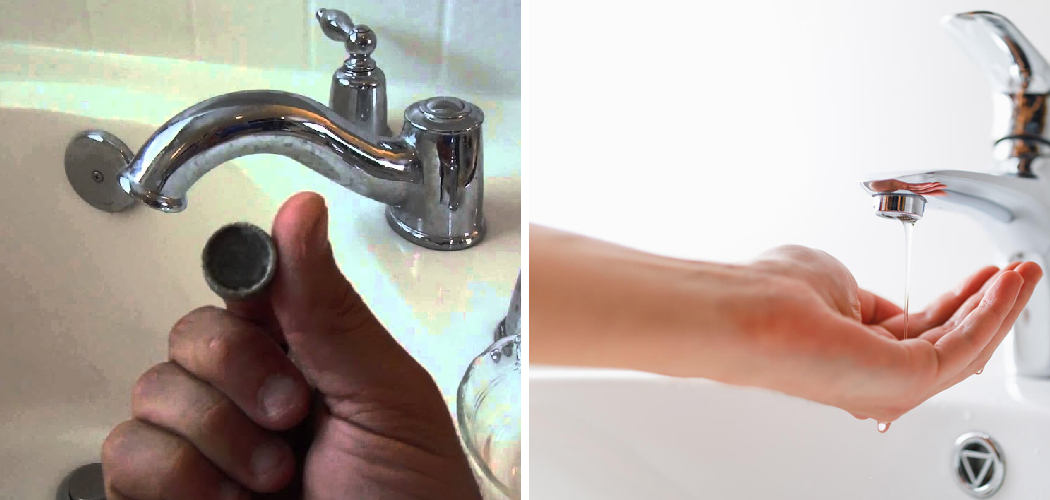Have you noticed that your bathtub’s water pressure is less than stellar? Maybe your relaxing bath has turned into a slow, frustrating trickle. You’re not alone. Many homeowners face this issue, and the good news is that it’s often fixable without a professional plumber.
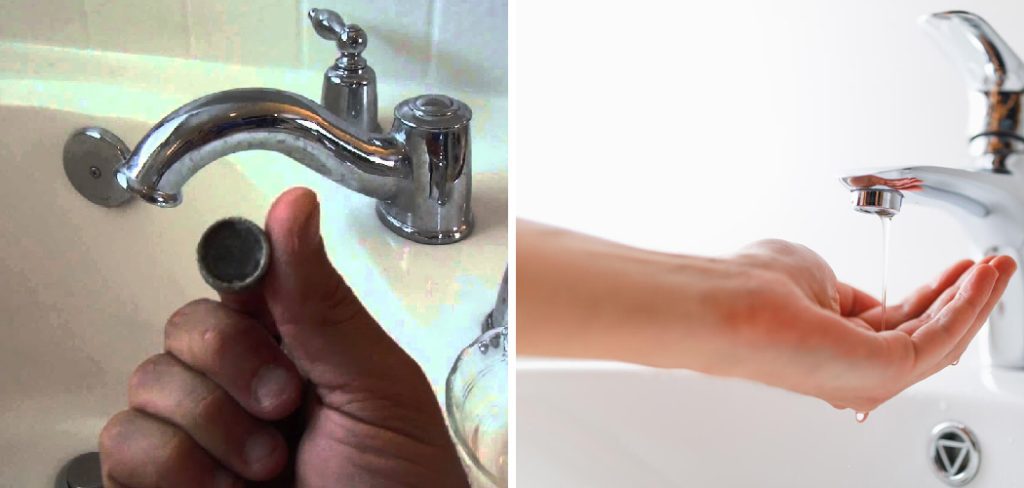
In this guide on how to fix low water pressure in bathtub, we’ll walk you through the steps to identify and solve low water pressure in your bathtub.
Understanding Why Water Pressure Matters
Water pressure is crucial for a good bathing experience. Low pressure means longer fill times and poor rinsing, which can be frustrating. But it’s more than just an inconvenience; low water pressure can indicate underlying plumbing issues that could worsen if not addressed.
It’s essential to address low water pressure in your bathtub as soon as possible to avoid potential damage and discomfort.
Needed Materials for the Fix
Before you start, gather these materials:
Adjustable Wrench:
This tool is useful for tightening and loosening nuts, bolts, and other plumbing fixtures.
Screwdriver:
A basic flathead or Phillips screwdriver may be needed to remove certain parts of the faucet or showerhead.
Plumber’s Tape:
Also known as Teflon tape, this thin white tape helps create a watertight seal between threaded pipes and fittings.
Having these on hand will make the process smoother and quicker.
Step-by-Step Guidelines on How to Fix Low Water Pressure in Bathtub
Step 1 Inspect the Water Supply Valves
Check if the main water supply valve and the shut-off valves are fully open. Sometimes, these valves can be partially closed, restricting water flow.
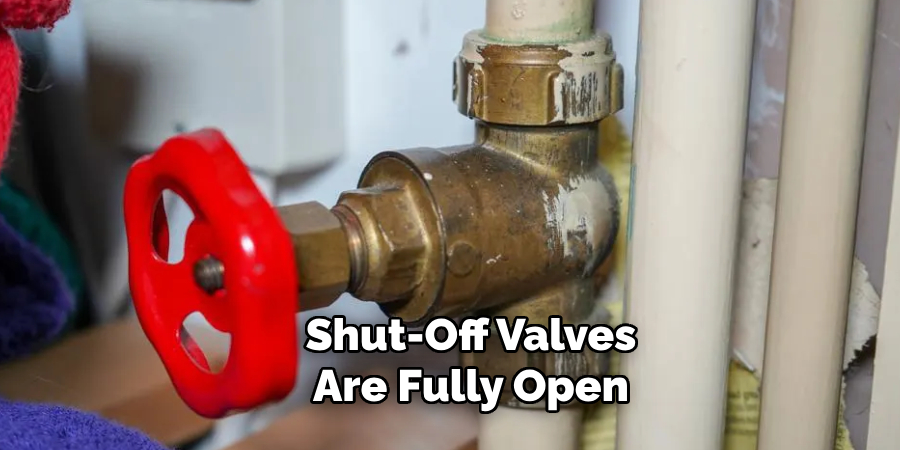
- Locate the Main Water Supply Valve. It’s Usually Near the Water Meter.
- Ensure It’s Fully Open.
- Find the Bathtub’s Shut-off Valves—typically Under the Sink or Behind an Access Panel.
- Turn Them Counterclockwise to Open Fully.
Step 2 Clean the Aerator
A clogged aerator can restrict water flow. Cleaning it can often solve low-pressure issues.
- Unscrew the Aerator From the Faucet Using an Adjustable Wrench.
- Soak the Aerator in White Vinegar for 15-20 Minutes to Loosen Mineral Deposits.
- Rinse Thoroughly and Reattach It.
Step 3 Check the Showerhead
Mineral buildup in the showerhead can also cause low water pressure.
- Remove the Showerhead Using a Wrench.
- Submerge It in White Vinegar for at Least 30 Minutes.
- Scrub Off Any Remaining Debris With a Brush and Reinstall.
Step 4 Examine the Pipes
Old or corroded pipes can severely restrict water flow.
- Examine Exposed Pipes for Signs of Corrosion or Damage.
- If You Find Any, Consider Replacing These Sections of the Pipe.
- Use Plumber’s Tape to Seal Any New Connections Tightly.
Step 5 Address Hot Water Issues
If only the hot water pressure is low, the problem might be with the water heater.
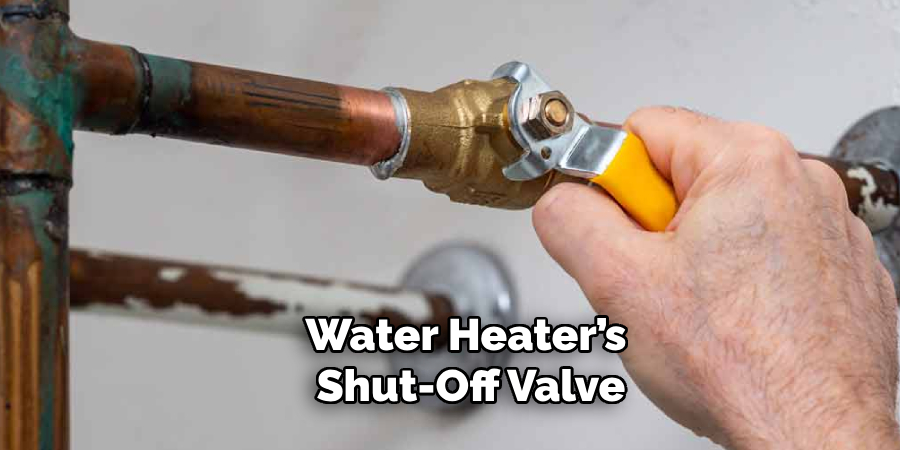
- Check the Water Heater’s Shut-off Valve to Ensure It’s Fully Open.
- Inspect the Tank for Sediment Buildup and Flush It if Necessary.
- Consult the Water Heater’s Manual for Specific Maintenance Procedures.
Step 6 Replace the Tub Faucet Cartridge
A faulty faucet cartridge can reduce water flow.
- Turn off the water supply for the bathtub.
- Remove the Faucet Handle Using a Screwdriver.
- Extract the Old Cartridge and Replace It With a New One.
- Reassemble the Faucet and Turn the Water Back on.
Step 7 Test the Water Pressure
After completing the steps, test the water pressure.
- Turn on the Bathtub Faucet.
- Observe if the Water Pressure Has Improved.
- If Not, Revisit Each Step to Ensure Everything Was Done Correctly.
Following these steps on how to fix low water pressure in bathtub should help improve the water pressure in your bathtub. If the issue persists, it might be best to consult a professional plumber for further assistance. Remember to regularly maintain your plumbing system to prevent future low-pressure issues. With proper care, you can enjoy a relaxing and satisfying bath every time.
Do You Need to Use Professionals?
While many low water pressure issues can be resolved with DIY methods, some problems require professional expertise. If you’ve tried all the steps above and still experience low water pressure, it might be time to call a plumber. Professionals have the tools and knowledge to diagnose and fix more complex plumbing issues.
You can also consider hiring a plumber for routine maintenance to prevent future low-pressure issues. Regular inspections and cleanings can keep your bathtub’s water pressure at optimal levels, ensuring a more enjoyable bathing experience.
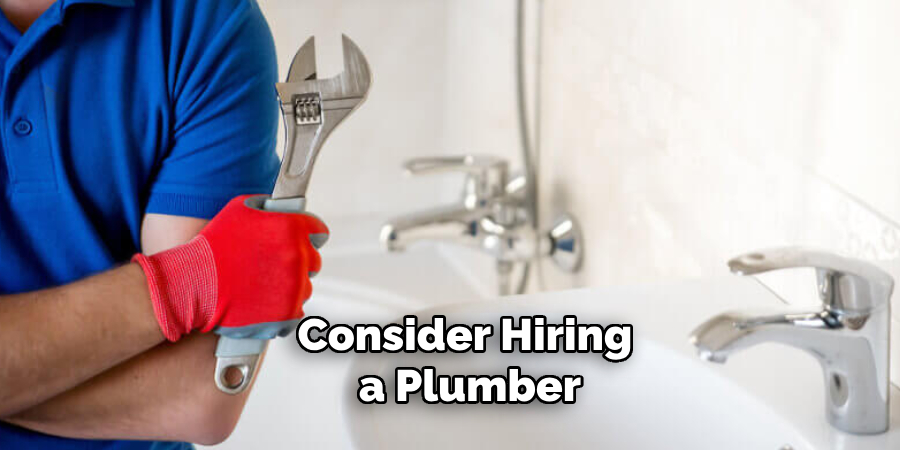
It’s essential to address low water pressure in your bathtub as soon as possible, whether through DIY methods or professional help. Don’t let a frustrating trickle ruin your relaxing bath time – follow these steps and restore proper water pressure to your bathtub today!
How Much Will It Cost?
Fixing low water pressure can range from free (if it’s a valve issue) to a few hundred dollars if new parts or professional services are needed. Here’s a rough cost breakdown:
- Basic Materials (Wrench, Vinegar, Plumber’s Tape): $20-$30
- Replacement Parts (Aerator, Showerhead, Cartridges): $10-$50
- Professional Plumber Rates: $100-$300 Per Visit
These costs can vary depending on your location and the complexity of the issue.
Additional Tips for Maintaining Good Water Pressure
Regular Maintenance:
Periodically check and clean aerators and showerheads.
Monitor Water Usage:
Avoid simultaneous use of multiple water fixtures.
Upgrade Plumbing:
Consider updating old pipes to modern materials like PEX or copper.
Install a Pressure Regulator:
This can help maintain consistent water pressure throughout your home.
Address Leaks Promptly:
Even small leaks can contribute to low water pressure, so fix them as soon as possible.
Maintenance:
Proper maintenance is crucial to ensure good water pressure in your bathtub. Regularly checking and cleaning aerators, showerheads, and other fixtures can prevent mineral buildup and clogs. It’s also essential to monitor water usage and address leaks promptly.
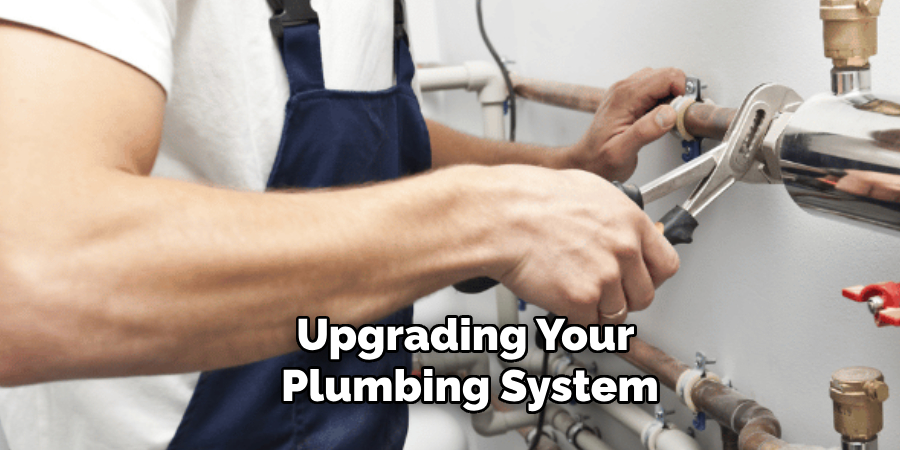
If you’re experiencing persistent low water pressure issues, consider upgrading your plumbing system or installing a pressure regulator. And remember, if all else fails, don’t hesitate to call a professional plumber for help.
Maintaining good water pressure in your bathtub will not only provide a better bathing experience but also prevent potential damage to your plumbing system in the long run. So keep these tips in mind and enjoy a satisfying bath every time. No more frustrating trickles, just the perfect water flow for your relaxation. Happy bathing!
Test Your Water Pressure
Purchase a Water Pressure Gauge:
- Available at Hardware Stores or Online for Around $10-$20.
Turn Off All Water Fixtures:
- Ensure No Water is Being Used Inside or Outside Your Home.
Attach the Gauge to an Exterior Spigot:
- Screw the Pressure Gauge Onto a Hose Bib or Exterior Faucet.
Turn on the Water Supply:
- Slowly Turn on the Faucet to Full Capacity and Read the Pressure on the Gauge.
Record the Pressure Reading:
- Optimal Water Pressure for Residential Homes Typically Ranges Between 40-60 Psi (Pounds Per Square Inch).
Monitor Your Water Pressure
Install a Pressure Regulator:
- This Device Can Help Maintain Consistent Water Pressure and Prevent Fluctuations.
Check for Sudden Changes:
- Keep an Eye Out for Any Drops or Spikes in Water Pressure, as These Could Indicate Underlying Issues.
Perform Regular Inspections:
- Periodically Inspect Your Plumbing System for Leaks, Corrosion, or Other Signs of Wear and Tear.
Use a Smart Water Monitor:
- Consider Investing in a Smart Water Monitor That Tracks Real-time Data on Water Usage and Pressure and Provides Alerts if Any Issues Arise.
By regularly testing and monitoring your water pressure, you can quickly identify and address any potential problems, ensuring your bathtub and entire plumbing system remain in optimal condition. Consistent water pressure not only improves your bathing experience but also enhances the efficiency and longevity of your plumbing fixtures.
Frequently Asked Questions
Q1: What Causes Low Water Pressure in a Bathtub?
A1: Low water pressure can be caused by partially closed valves, clogged aerators, mineral buildup in showerheads, corroded pipes, or faulty faucet cartridges.
Q2: Can Low Water Pressure Affect Both Hot and Cold Water?
A2: Yes, low water pressure can affect both hot and cold water, though sometimes the issue might be isolated to one due to specific problems like a faulty water heater.
Q3: Is It Expensive to Fix Low Water Pressure?
A3: The cost can vary, ranging from minimal expenses for basic supplies to higher costs if professional services are needed. It’s essential to assess the issue and determine the best course of action before determining the cost.
Conclusion
Low water pressure in your bathtub doesn’t have to ruin your relaxation time. By following the steps on how to fix low water pressure in bathtub outlined above, you can diagnose and fix common issues quickly and efficiently. Remember, regular maintenance is key to preventing future problems.
If you’re still facing low water pressure despite your best efforts, don’t hesitate to consult a professional. They can offer more advanced solutions to ensure you enjoy a strong, steady flow every time you turn on the tap.
Ready to tackle your water pressure problems? Gather your materials and start with step one today!

